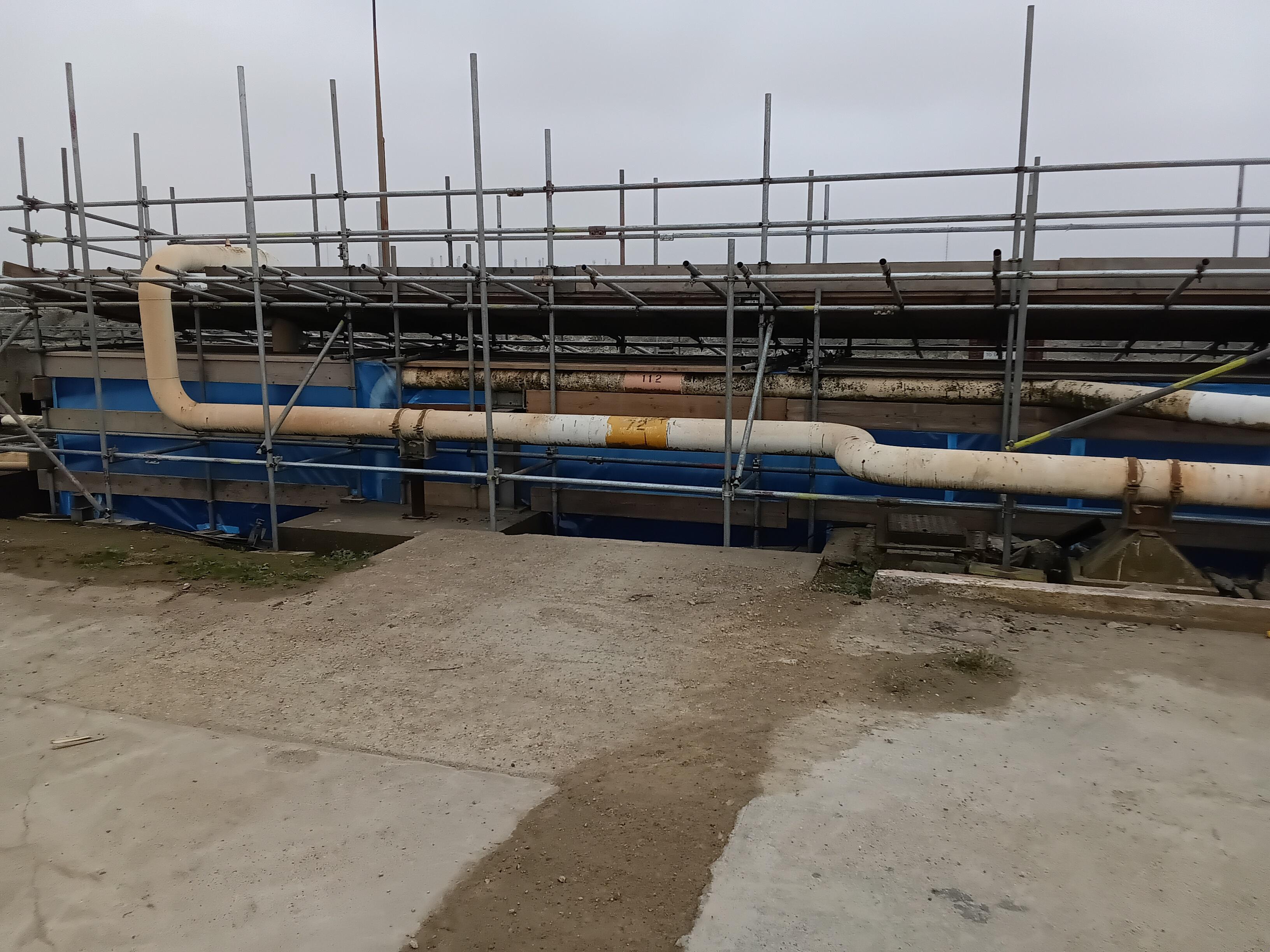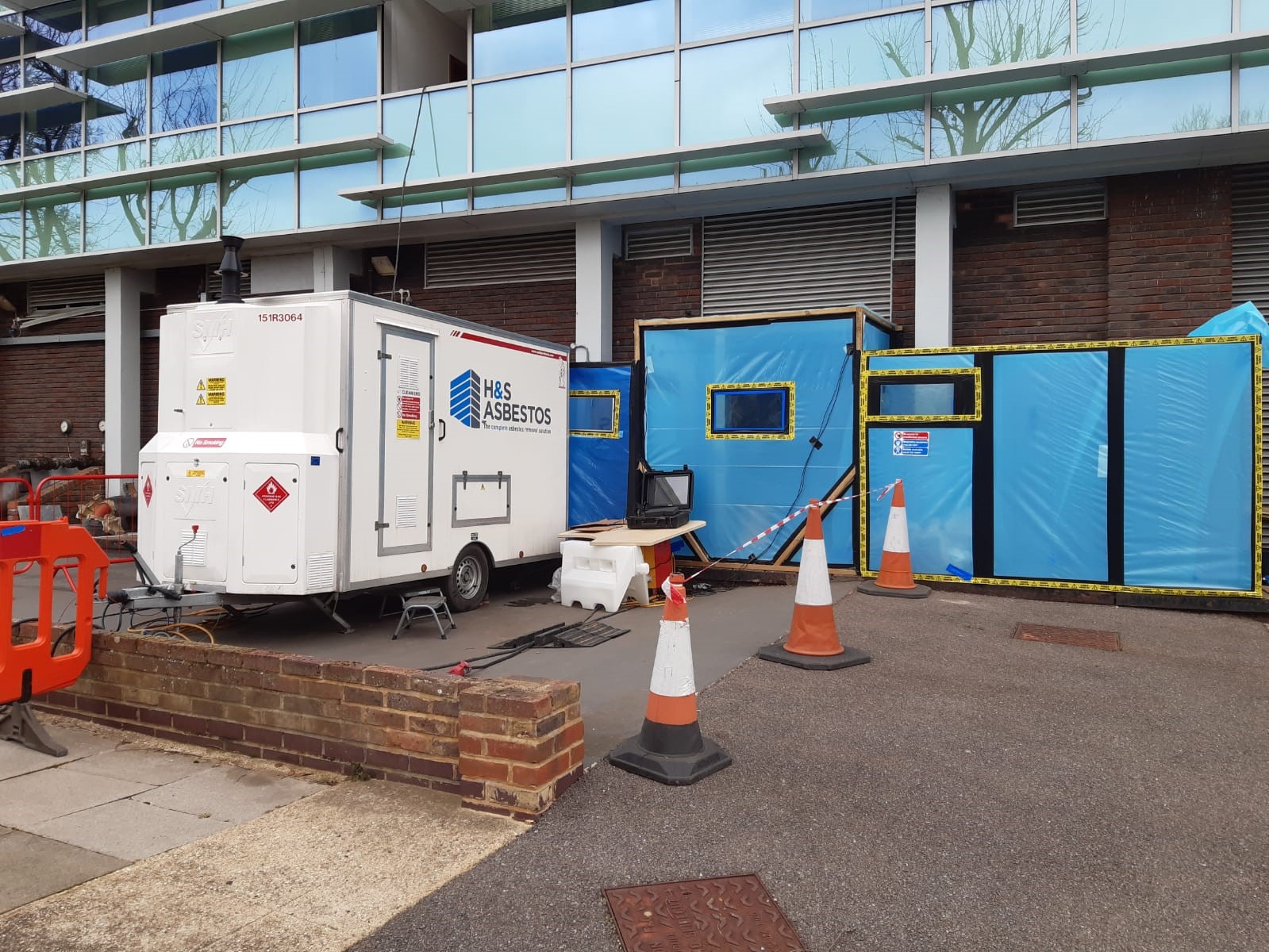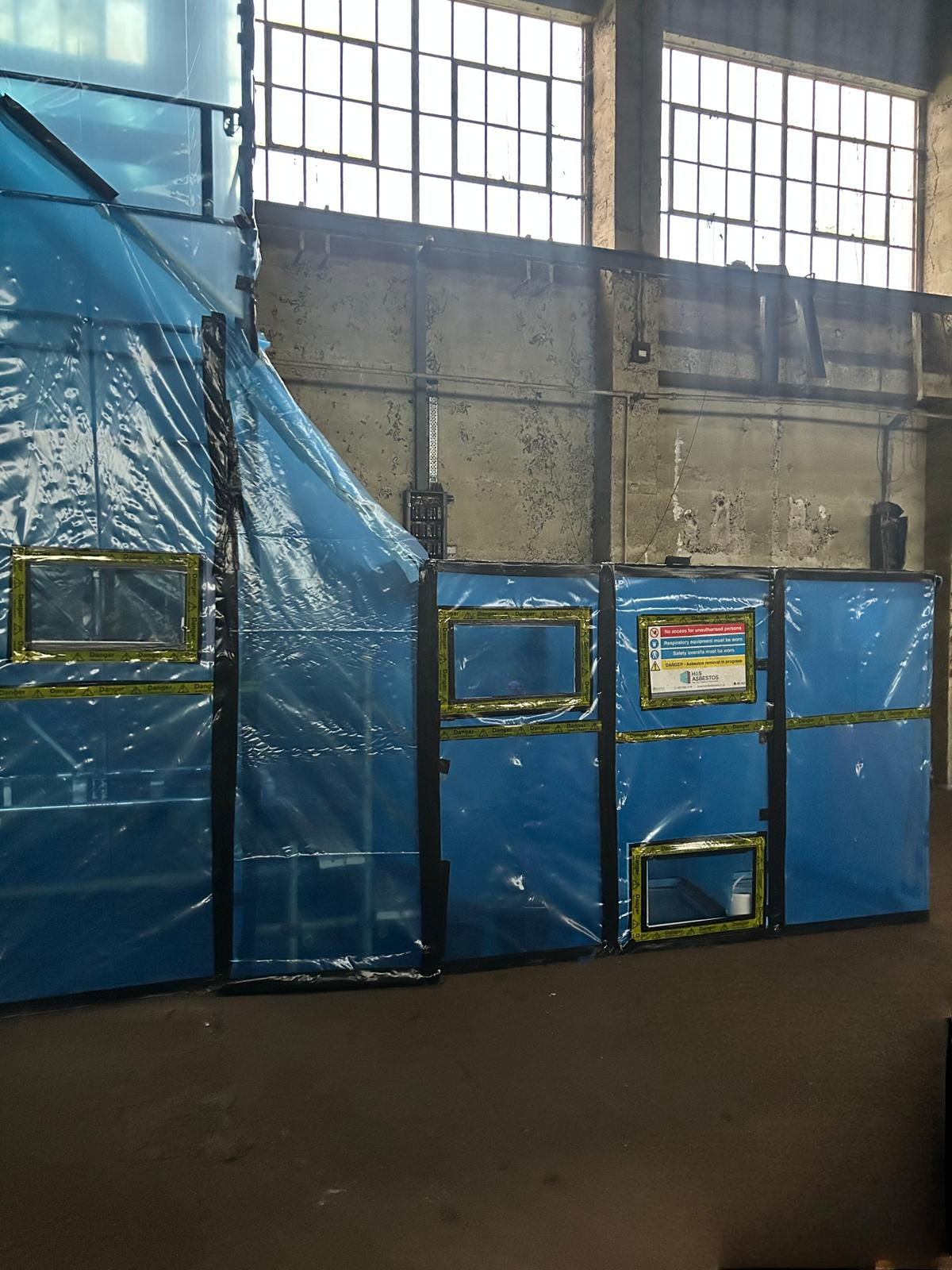How To Identify Asbestos
Luke Gould 7th October 2024
Identifying asbestos in your building requires several key steps, including recognising potential asbestos-containing materials, performing a thorough visual inspection, and hiring professionals for accurate identification and safe handling.
Here’s a detailed guide to walk you through the process:
Understand Common Asbestos-Containing Materials
Before starting, you need to identify where asbestos might be present. Builders widely used asbestos in construction materials for its fire-resistant and insulating properties, especially before the 1980s. Common asbestos-containing materials include:
- Insulation: Check around pipes, boilers, and ductwork.
- Flooring: Look for vinyl tiles, linoleum, and adhesives.
- Ceiling Tiles: Be cautious with tiles, especially those with a popcorn texture.
- Roofing: Inspect slates, soffits, and felt.
- Cement Products: Examine cement sheets and soil pipes.
- Fireproofing Materials: Look for materials in fire doors and sprayed-on coatings.
- Textured Paints and Patching Compounds: Check walls and ceilings for these materials.
Conducting a Visual Inspection
Begin with a visual inspection of areas where asbestos-containing materials are typically used:
- Inspect for Wear and Damage: Look for signs of deterioration such as fraying, crumbling, or dust, which can indicate the presence of asbestos fibres.
- Age of the Building: Buildings constructed before the 1980s are more likely to contain asbestos.
Professional Assistance
For safety and accuracy, hire a certified asbestos surveyor:
- Certified Surveyors: These professionals are trained to identify asbestos materials precisely and provide a thorough assessment of your building.
- Asbestos Abatement Contractors: If they find asbestos, these specialists will manage or remove the materials safely.
Professionals begin by thoroughly assessing the site to identify potential asbestos-containing materials (ACMs). Wearing appropriate personal protective equipment (PPE), they use specialised tools to carefully extract small samples from suspect materials, therefore minimising any disturbance to prevent fibre release.
They then seal the samples in airtight containers, label them, and transport them to an accredited laboratory for analysis
In the lab, analysts examine samples using techniques like polarized light microscopy (PLM) or transmission electron microscopy (TEM) to identify and measure asbestos fibres.
They compile the results into a detailed report, analysing the type and amount of asbestos, assessing potential health risks, and offering recommendations for remediation and management.
The lab then communicates this report to the client, therefore giving them the information needed to make informed decisions about handling asbestos-containing materials (ACMs).
How H&S Asbestos can help
Identifying asbestos in a building demands a careful, methodical approach that prioritises safety and relies on professional expertise. Therefore, understanding where asbestos is likely to be present, conduct thorough inspections, and use certified testing and abatement services.
These actions will help you effectively manage and reduce the risks of asbestos exposure. So, if you suspect asbestos in your building, following these steps will protect the health and safety of everyone involved.
Asbestos removal requires careful planning and multiple stages to ensure safety and meet regulatory standards. To effectively manage asbestos risks, professionals must plan thoroughly, execute the removal process precisely, and document each step.
But if you’re unsure or want to discuss potential asbestos on-site with our team, please get in contact on 02392 833178 or by emailing info@handsasbestos.co.uk.



